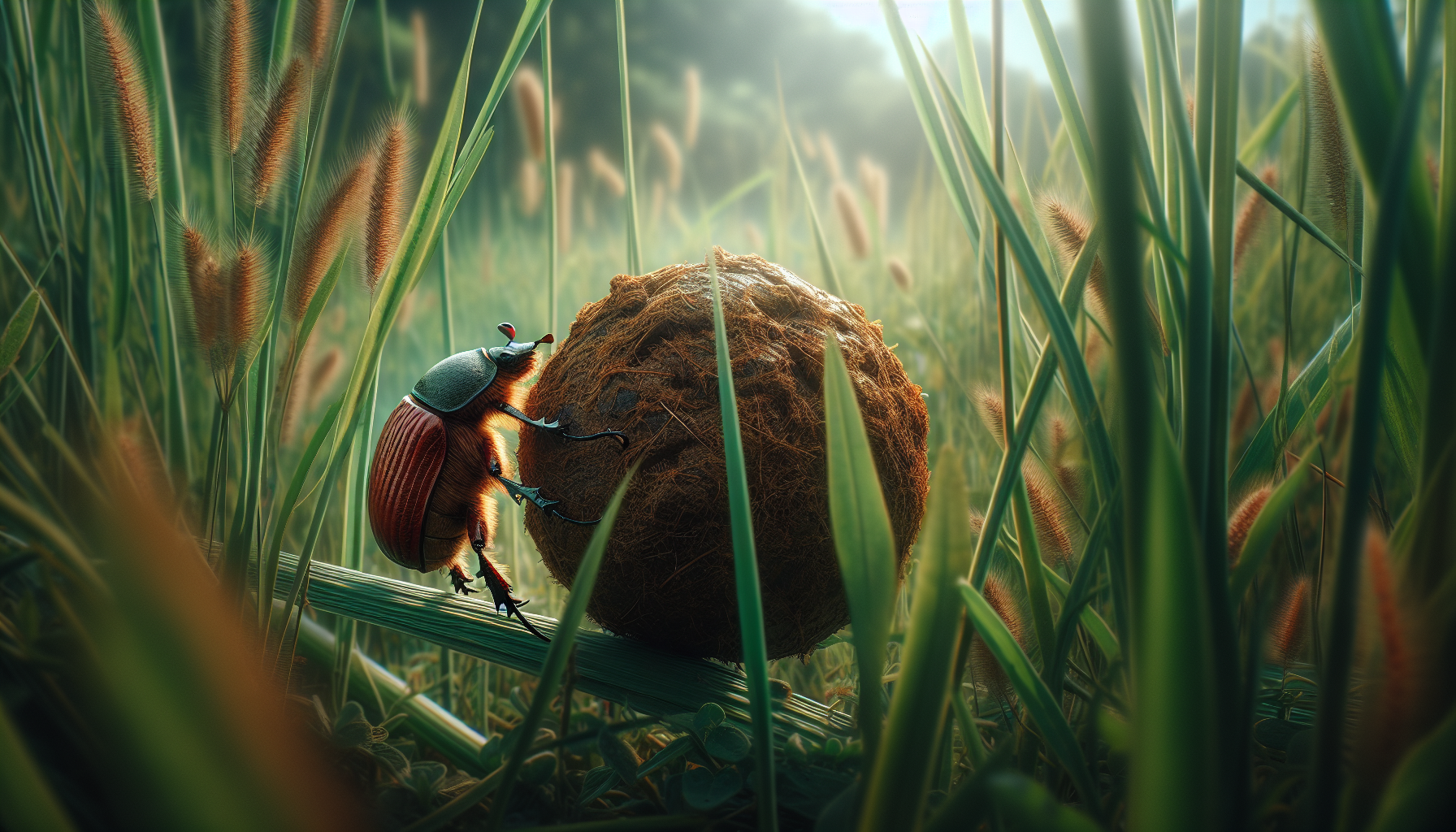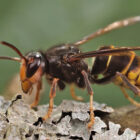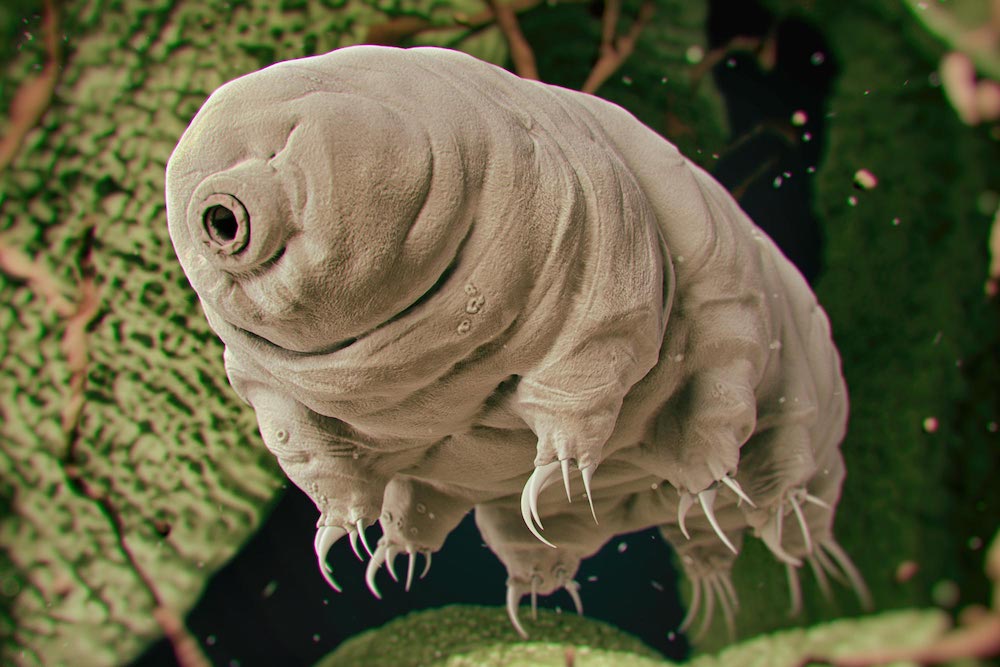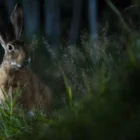Why do dung beetles roll dung?

In a world where waste management is often seen as a mundane task, there exists a group of insects that have taken it to the next level. Dung beetles are small, yet mighty creatures that have evolved an extraordinary behavior: rolling and manipulating animal dung into perfect spheres. This peculiar habit has fascinated scientists and naturalists for centuries, sparking questions about their motivations and benefits.
Why do these tiny beetles go to such great lengths to collect, shape, and transport this seemingly worthless material? Is it simply a matter of survival, or is there more to it than meets the eye?
What are Dung Beetles?
Dung beetles (family Scarabaeidae) are insects that have evolved to thrive in environments where animal waste is abundant. These fascinating creatures can be found on every continent, from the scorching deserts of Africa and Australia to the lush forests of South America and Asia.
Dung beetles typically range in size from 1/4 inch (6 mm) to 2 inches (5 cm), with some species reaching lengths of up to 3.5 inches (9 cm). They have a distinctive, rounded body shape, often with a shiny or metallic sheen. Their legs are powerful and adapted for digging and rolling.
As their name suggests, dung beetles feed on animal waste – specifically the dung of herbivores like cows, horses, and deer. Some species also consume decaying plant matter, fungi, and even other insects.
The life cycle of a dung beetle typically involves four stages: egg, larva, pupa, and adult. Eggs are laid in or near animal waste, where the larvae feed on the nutrient-rich material. As they grow, they molt several times before entering a pup
Rolling dung for a Living
The most distinctive feature of dung beetles is their ability to roll dung into perfect spheres. This behavior has been observed in over 600 species of dung beetles worldwide, and it’s a crucial aspect of their biology.
So, why do they go through the trouble of rolling dung? One reason is that it provides a source of food for them. Dung beetles are detritivores, which means they feed on decaying organic matter. By rolling dung into spheres, they’re able to create a compact and easily manageable package of nutrients.
For example, some species of dung beetles roll small amounts of dung (about the size of a pea) into perfect spheres. These tiny balls are then carried back to their burrows or food sources, where they can be stored for later use. This allows them to store energy-rich resources that can sustain them during times when other food sources may be scarce.
Other species of dung beetles roll larger amounts of dung (up to several centimeters in diameter) into spheres. These bigger balls are often used as a source of nutrition, and the beetle will feed on the nutrients within the dung ball over an extended period.
More Than Food
In addition to providing a source of food, rolling dung also helps dung beetles navigate their environment. Dung beetles have poor eyesight but are highly sensitive to vibrations in the ground. By creating a trail of scent and vibration cues through the process of rolling dung, they’re able to guide themselves back to their burrows or food sources.
For example, some species of dung beetles use their rolled dung balls as “beacons” that help them navigate back to their burrows. The vibrations created by the rolling process create a unique signature that allows the beetle to recognize its own scent and follow it back home.
Other species of dung beetles roll dung in specific patterns or shapes, which can serve as cues for other beetles in the same population. This helps them communicate with each other about food sources, potential mates, or even predators.
In some cases, rolling dung also serves a social function within dung beetle populations. For example, male dung beetles will often roll large amounts of dung into spheres and use these “dung balls” as a way to attract females. The size and shape of the dung ball can serve as an indicator of the male’s strength or quality, which can influence female choice.
Dung Rolling Technique
The process of rolling dung into spheres is a fascinating aspect of dung beetle biology that has been studied extensively by scientists. Before they start rolling, dung beetles need to select suitable dung for their purposes. This involves searching for dung with the right consistency (not too dry, not too wet) and nutrient content. Some species are more particular about the quality of their dung than others, but most prefer a mix of fresh and aged dung.
Dung selection is often influenced by factors such as nutrient availability, dung age and environmental conditions. Beetles may prioritize dung rich in nutrients like proteins or carbohydrates; fresh dung might be preferred for its higher nutrient content, while older dung could provide more stable energy sources. Beetles may also adjust their dung preferences based on temperature, humidity, and other environmental factors.
Rolling Initiation
Once the beetle has selected suitable dung, it’s time to start rolling! The process begins with a series of subtle movements that signal the initiation of ball-rolling. Beetles use their legs to create vibrations in the ground or on the surface of the dung. Pheromones and other chemical signals are released by the beetle, attracting potential mates or signaling its intentions.
The rolling process is often accompanied by a distinctive “tapping” sound as the beetle’s feet hit the ground. This noise helps the beetle maintain control over the ball while also serving as an auditory cue for other beetles in the area.
With the initial signals sent, the beetle begins to roll the dung into a sphere. The beetle uses its powerful legs and claws to push against the ground or surface of the dung, adjustsing its body position to maintain control over the ball’s trajectory.
The speed at which beetles roll can vary greatly, depending on factors like the size of the ball, the terrain, and the individual beetle’s strength. Some species are capable of rolling up to 1,000 times their own body weight in a single day.
The beetle must transport it back to its burrow or other safe location for storage. Beetles use their legs to carry the ball across various terrain types; some species can even climb vertical surfaces with their balls in tow.
The transportation process requires careful balance and control, as beetles must navigate obstacles like rocks, crevices, or predators while keeping their precious cargo intact.
Finally, the beetle reaches its destination – a cozy burrow or underground chamber. The ball is carefully placed within this storage facility, where it will remain until needed for food or energy.
The Role of Dung Beetles in Ecosystems
Dung beetles play a vital role in many ecosystems around the world, and their importance cannot be overstated. Dung beetles occupy a unique ecological niche by exploiting a valuable resource – dung! By consuming and processing dung, they help break down organic matter, recycle nutrients, and maintain soil fertility.
Dung beetles return essential nutrients like nitrogen, phosphorus, and potassium to the soil, reducing the need for synthetic fertilizers. As they burrow through dung, beetles help mix in organic matter, improving soil aeration, water infiltration, and root growth.
Some species of dung beetles are important seed dispersers. By rolling or carrying seeds along with their dung balls, these insects can transport plant material over long distances, contributing to maintaining local plant populations by introducing new genetic material, and enhancing ecosystem stability and adaptability in the face of environmental changes.
Dung beetles are an important food source for many predators. Many bird species rely on dung beetles as a primary food source. Small mammals like rodents, opossums, and raccoons also prey upon dung beetles.
In turn, these predators help regulate dung beetle populations, maintaining ecosystem balance. This predator-prey dynamic also influences the evolution of dung beetle traits, such as their ability to detect and avoid predators.
Dung beetles play a vital role in maintaining healthy ecosystems. As such, their conservation is crucial for maintaining dung beetle populations helps ensure the continued functioning of ecosystem services. Dung beetles are also an important component of many ecosystems; preserving their diversity ensures the long-term health and stability of these systems.










